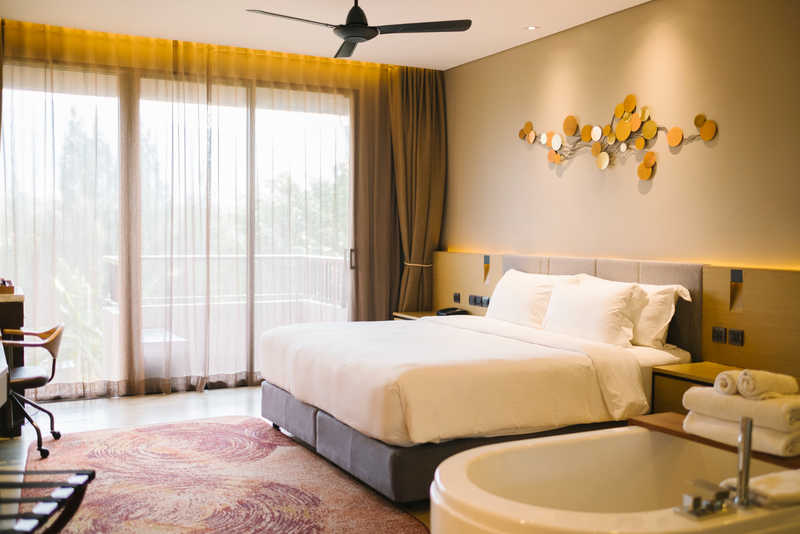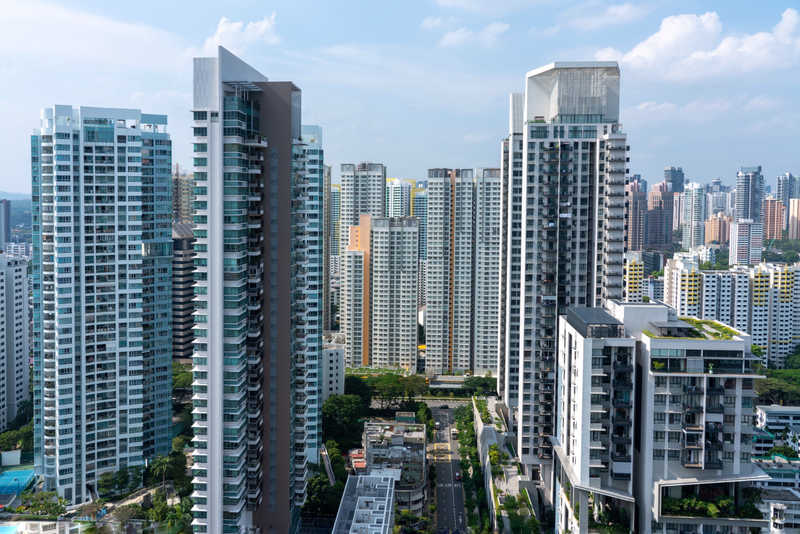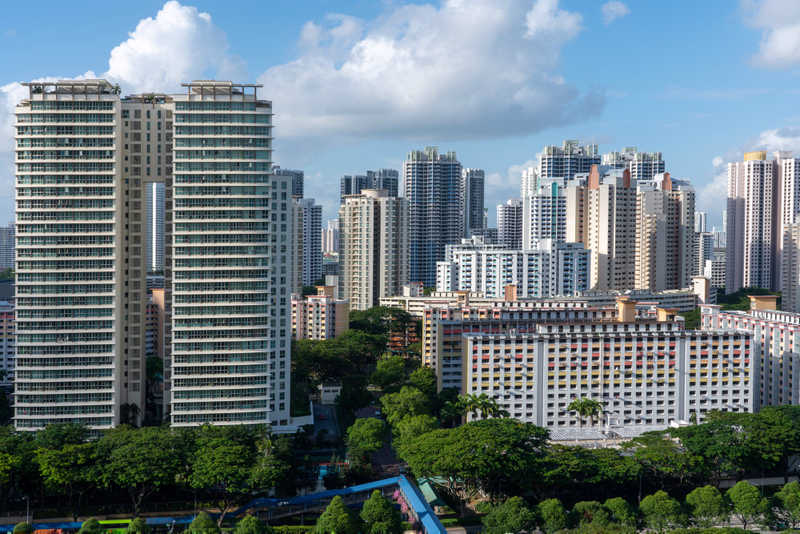Real estate in India concentrates on small homes
 Small homes seem to be the order of the day in India as more number of developers are coming up with smaller homes. Faced with rising property price, the buyers are not being able to afford bigger homes and hence demand seems to be dwindling. Weakening national economy and inflationary pressures have made the market even more critical and the developers are looking at sizing down the homes to make them affordable for buyers in the country.
Small homes seem to be the order of the day in India as more number of developers are coming up with smaller homes. Faced with rising property price, the buyers are not being able to afford bigger homes and hence demand seems to be dwindling. Weakening national economy and inflationary pressures have made the market even more critical and the developers are looking at sizing down the homes to make them affordable for buyers in the country.
Smaller homes are being targeted by the developers in order to increase the sales. The mid market segment draws the highest demand across India and it has pushed the developers to go for smaller homes rather than big, luxury apartments or villas.
Housing demand scenario in India
Huge housing demand in cities and semi urban areas awaits India. Around 590 million people will inhabit the Indian cities by 2030. Around 60 million new homes will be required for 210 million new urban population in the coming 18 years. Adding to it, there is already an unmet demand of 21 million homes in India at present.
According to a recent survey, 48% of all home buyers prefer homes in the range of RS 20 lakh to Rs 40 lakh, which indicates that there is huge demand for one or two bedroom homes in the country. In 2011-2012 financial year, of the total 7,00,000 homes sold in India, almost 2,80,000 homes were less than 650 square feet in size, which is about 40% of the lot. Around 3300 luxury apartments priced above Rs 10 crore were being developed in Mumbai during that period, of which 60% remained unsold. Also in Bangalore, 3500 luxury homes priced above Rs 1 crore remained unsold during the same time.
As per an estimate, of the total housing demand of India, one bedroom homes comprise almost 80% (carpet area between 250 square feet to 400 square feet) and another 10% would be comprised of small two bedroom homes (between 450 square feet to 650 square feet). The break up shows clearly the need for more number of small homes in Indian market.
Factors pushing the growth of small home
The rising demand for small homes is intricately linked to the overall dismal performance of Indian economy. Along with falling GDP, inflation has been constantly rising, weakening the financial status of citizens. As per government data, retail inflation reached 9.75 per cent in October-November, 2012. Consequently, people’s savings and purchasing powers have been affected and home buyers are looking for homes in lower price range as they have not been able to pay high interest rates on home loans.
Changing family structure is another important reason for growing demand for compact one bedroom apartment. The majority of buyers looking for mid segment homes are end users in the age group of around 30-35 years with small nuclear families. A 1 BHK apartment is a good investment option in the present Indian realty scenario as speedy price appreciation is guaranteed on a relatively less investment amount.
There are two incentives for builders as to why they would prefer small homes. First, the small homes bring down the construction cost for the builders. Secondly, small homes help the developers to maintain their margin as they draw demand and are sold off in quick succession.
Developers eye small homes across cities
Reacting to the market situation, developers have started to diversify their portfolios to meet the unmet demand for smaller and affordable homes. Prominent developers like Shobha, Hiranandani Group, Nirmal Lifestyle, Hubtown, Puravankara Projects and Mantri Developers have started to focus on small houses in place of high-end projects. Hiranandani Group, who is a renown player in high end projects, have recently launched one bedroom apartments in Thane. Mantri Developers have also cut down sizes of their 2/3 BHK apartments and are set to launch a compact project in South Mumbai.
Indian metros like Bangalore, Mumbai and Delhi have seen rising demand for 1 BHK flats. Demand for 1BHK apartments in Bangalore went up to 21 percent till the first quarter of 2012-2013 financial year. North Bangalore localities, especially areas like Devanahalli, K R Puram and Hebbal near International Airport have seen most demand for one bedroom flats. Newly recruited IT professionals working in Manyata Tech Park in Hebbal or working for IT firms like Wipro and Infosys are increasingly looking for one bedroom apartments to settle down.
In Delhi, well developed localities like Indirapuram are witnessing a high demand for 1 BHK apartments. Young professionals working in Delhi, Noida, Ghaziabad, etc are looking to settle down in small homes in the area. The market is mainly end user driven, who prefer to pay bank loan rather than paying rent.
In Mumbai, market for smaller homes have traditionally been in more demand than cities like Bangalore. Mumbai suburbs like Andheri, Mulund, Malad, Chandivali, Belapur and Panvel have seen a great number of launches of 1 BHK apartments by well established builders like Indiabulls, Hiranandani Group, Ravi Group, Ajmera, Nirmal Lifestyle, etc.







